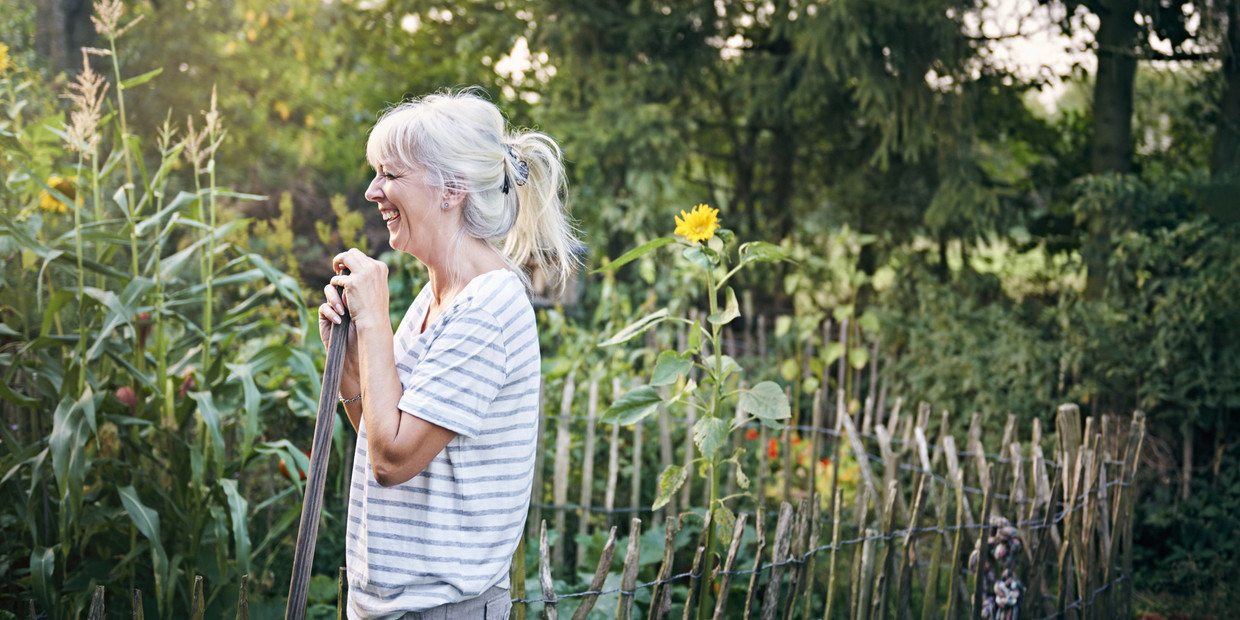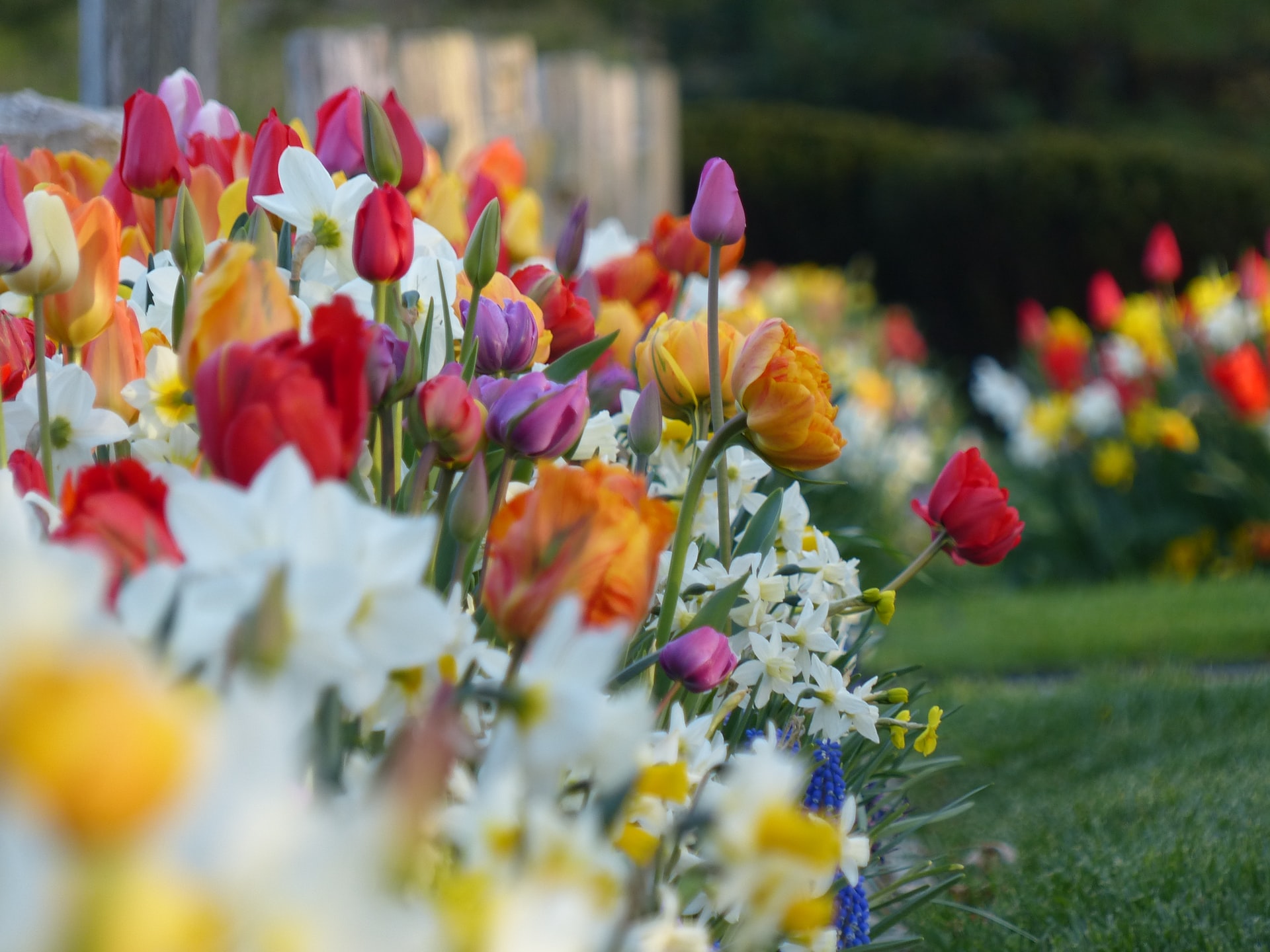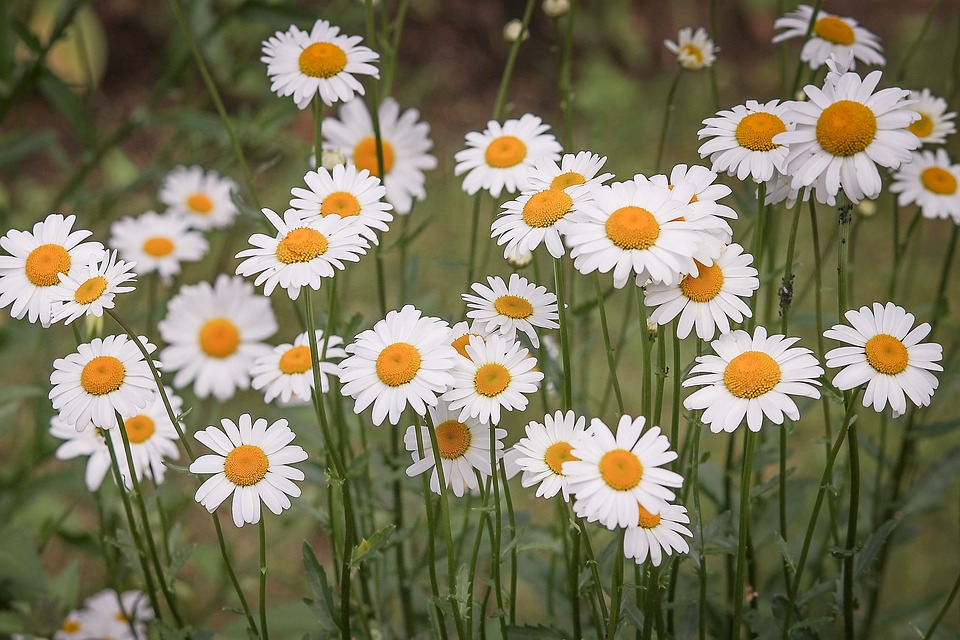The technique of using plants and gardens to promote physical and mental health and communication and thinking skills is known as social and therapeutic horticulture.
Gardening is a marvelously adaptable medium that has the power to improve lives, and Thrive has seen firsthand how gardening can benefit people of all ages and abilities.
The garden is used in social and therapeutic horticulture to assist people in developing social skills, making friends, and learning practical skills to help them become more self-sufficient.
Horticulture therapists create a set of exercises for each grower based on gardening responsibilities and the garden itself to enhance their specific health requirements and work toward specific goals.
The following are some of the advantages of a long-term and active interest in gardening:
Improved mobility and physical health through exercise and learning to use or strengthen muscles.
Improved mental health as a result of a sense of accomplishment and purpose
The ability to connect with others can help alleviate feelings of loneliness or exclusion.
Developing new talents to increase your chances of landing a job
Simply being outside, in touch with nature, and in the ‘big outdoors’ makes me feel better.
Rehabilitation and therapy
People can benefit from social and therapeutic horticulture (STH) in a variety of ways:
It can be used as part of a person’s rehabilitation to assist them in recovering and regaining their footing following an illness or a tough period in their lives.
It can assist patients in recovering from a variety of ailments.
It can assist people in acquiring new abilities.
When someone has a degenerative ailment, it can help slow down the deterioration.
People with various disabilities, including those recovering from stroke and heart disease, the blind and partially sighted, those in the early stages of dementia, and those with physical and learning difficulties, benefit from social and therapeutic horticulture.
Horticultural therapy can help people in the following ways:
They are referred and funded by their doctor, social worker, or other care providers for a garden project. Others initiate a project on their initiative, and family and friends may support their participation.
Starting with a basic notion like planting a tiny container or window box, or growing herbs on a sunny window sill, you can start gardening at home.
Projects in the garden Garden initiatives can be tiny, informal spaces maintained by volunteers or larger, more formal organizations and charities run by full-time employees. Projects may have their location or share resources, such as those found in a garden center or nursery. In addition to jails and hospitals, garden projects can be found on the grounds of both.
Horticultural therapists are people who work in the field of gardening. As a horticultural therapist or a social and therapeutic horticulture practitioner, you’ll use gardening, plants, and horticulture to assist people in growing personally and socially and gaining confidence, independence, and a sense of well-being.
You’ll be working with people who are disabled or disadvantaged due to age, circumstance, or ability. Those recovering from sickness, persons with learning and behavioral difficulties, and people with mental health disorders such as depression may be among your customers.
Horticultural therapy is much more than gardening – it offers people a chance to take part in something meaningful and build their skills and confidence.” And being a horticultural therapist is much more than being a gardener: Seeing the difference it makes and increasing confidence and connections made is very rewarding. Have you ever heard of gardening or horticultural therapy before? Let us know in the comments what you think of this practice…




1 thought on “Horticultural Therapy; The Green Way To Well-being”